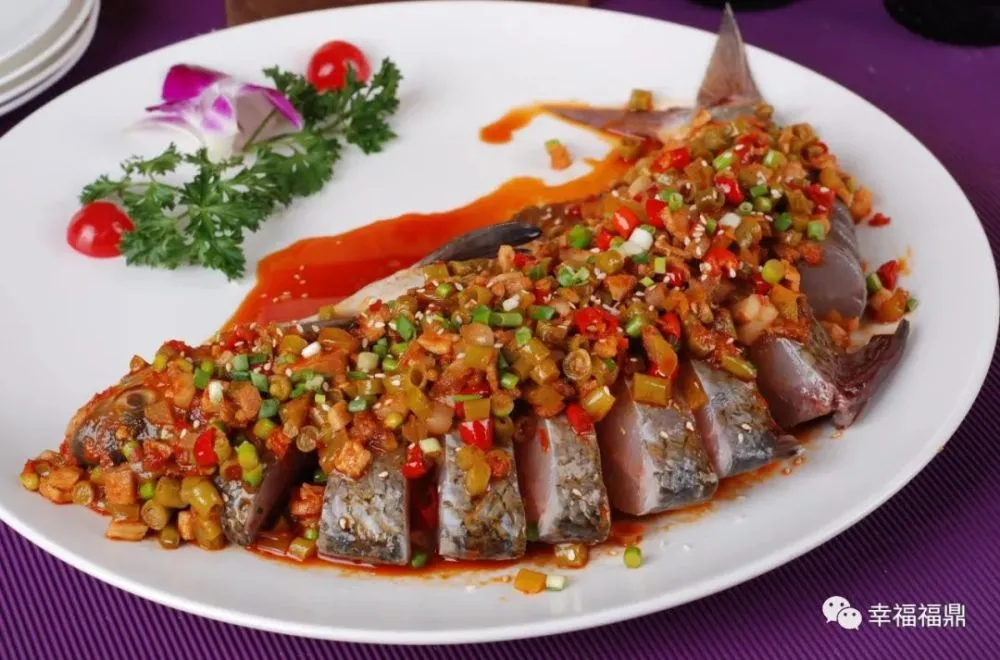The China-EU Agreement on Geographical Indications officially entered into force on March 1, 2021. It is China's first bilateral comprehensive and high-level agreement on the protection of geographical indications (GIs), and an important and practical outcome in the development of China-EU economic and trade relations in recent years.
We will continue to introduce to you the first batch of 100 Chinese GIs and 100 European GIs under the Agreement, to better protect and market them to meet the needs of consumers on both sides for a better life.
GI Episode 29: Tongjiang Bass

Fuding, a city in the northeast of Fujian province, is known as the “home of bass” in China. For local people, the mother river Tongjiang has been a rich cradle of bass fishes since ancient times, and thus the source of the development of the local bass industry. As early as the Ming dynasty, Tongjiang bass has ranked among China’s top four fish species along with Yellow River carp, Yangtze River shad and Taihu silver fish. It has been served at the dining table in Fuding, and was favoured by the rich and powerful, the literati, and the imperial family for its delicious taste and nutritional value. As time passes, Tongjiang bass has become more than a fish species. It represents a tangible culture, leaving its mark in the history of Fuding in the quiet flow of Tongjiang River.

Tongjiang bass features a long body, flat side, and a bulging back. It is silvery white on the ventral side, with black spots concentrated on the upper of its back, and virtually no spot on the lower side of the lateral line, and a light-red lower jaw near the mouth. It mainly lives in the sea and freshwater area from the Tongjiang River Basin and its estuary to Shacheng port, where the subtropical marine monsoon climate brings sufficient sunshine and abundant heat and rain, with the average temperature of 19.5 ℃ and sea salinity of 14-16‰, and there are about frost-free 287 days in a year. The water is in good quality, clear and pollution-free, of moderate flow of water and rich natural baits, ideal for Tongjiang bass to breed and grow.

The cooked fish flesh resembles the shape of garlic cloves, has rare fish bones, and is one of the common food fishes in Chinese and Western cuisines. The fish’s swim bladder can also be made a dish. The fish flesh, rich in proteins, vitamin A and B, calcium, magnesium, zinc, selenium and other nutritional elements, is believed to be good for human health. In Compendium of Materia Medica, an encyclopedia of traditional Chinese medicine written in Ming dynasty, the author Li Shizhen believes that the consumption of bass fish is beneficial to bones and muscles, stomach and intestines, and healing wounds; its gills can help relieve cough and reduce sputum.

Nowadays the Tongjiang bass industry is booming and considered an important source of income for residents in Fuding. The city is home to China’s first state-level breeding farm for the spotted sea bass, has hosted several Chinese bass festivals, and opened China’s first museum dedicated to the bass species. By promoting economic and trade cooperation through fishing activities, festivals and cultural events, the local government has been innovative in burnishing the bass industry as a local specialty to produce sound economic, social and cultural benefits, open the local market wider to the world, create more value, and build up the reputation of Tongjiang bass at home and abroad. So far, the bass products are sold in Thailand, Singapore, Malaysia, the Philippines, China’s Taiwan region and Hong Kong SAR among other countries and regions.


